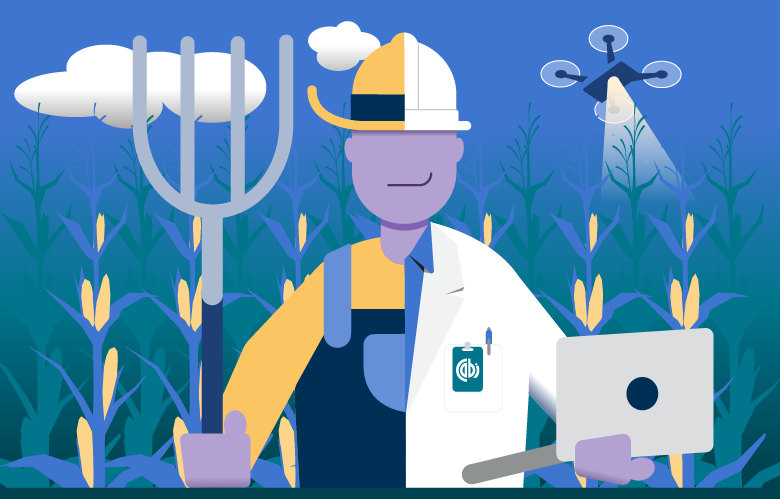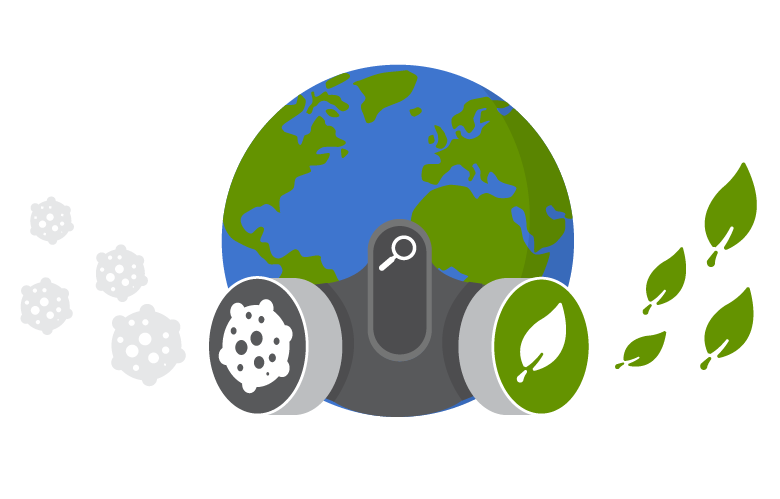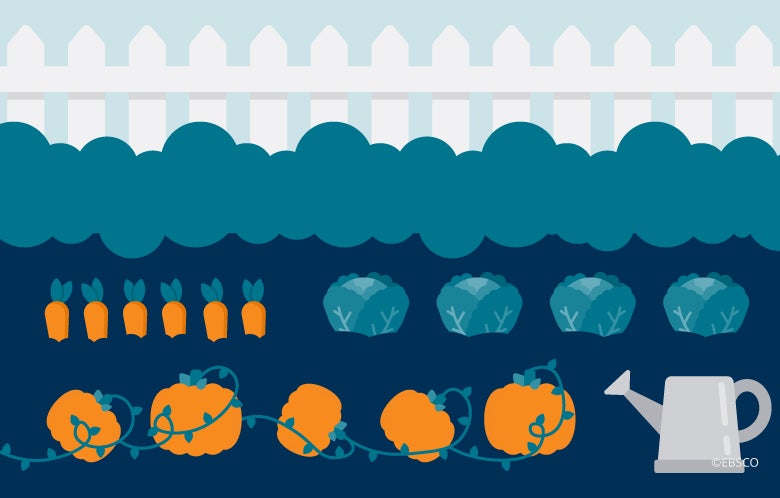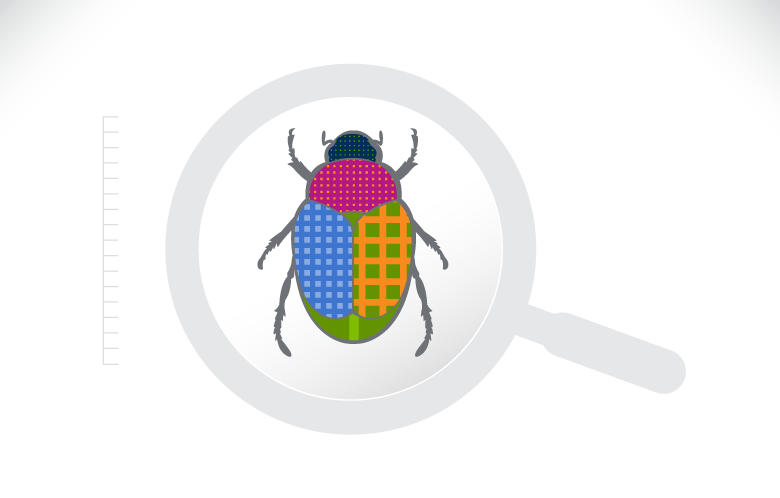As we begin a new year, it provides us with an opportunity to think back on what we as a global population have accomplished and where we are headed in the future – specifically looking at development goals. These goals are crucial for addressing global issues and while progress has been made in some areas, there is still room for advancement.
One area that is ripe for exploration and innovation is the agriculture and food production industry. Sustainable development goals (SDGs) surrounding hunger, food security and nutrition are ones that are in need of increased progress. Technology, professional expertise, and education and research resources are indispensable factors for reaching these goals. Read on to learn more about this SDG and what is being done to achieve it.
Sustainable Development Goals
In 2015, the United Nations Member States adopted the 2030 Agenda for Sustainable Development, which details necessary steps that countries must take to combat global issues such as extreme poverty, hunger, climate change, inequality, and more. The plan encourages nations to work together to increase environmental, economic, and social sustainability and work towards a well-founded, peaceful planet for all. The 2030 Agenda outlines 17 sustainable development goals that are broken down into specific targets and measured through a variety of indicators.
One of these goals – Goal #2 – is to “end hunger, achieve food security and improved nutrition and promote sustainable agriculture”. This goal not only involves decreasing food waste and bettering the global supply chain but also ensuring that agricultural productions increase in a way that is supportable by farmers and that all people have access to nutritious foods. This SDG, like many others in the 2030 Agenda, works across issues of sustainability, gender equality among farmers, climate change, rural poverty, and supporting small farmers. To tackle this complex goal, people are relying on advanced technologies and new research to work towards a healthier and more resilient agricultural system.
Agricultural Engineering and Technology
Of the parties involved in food systems around the world, agricultural engineers are some of the most instrumental in making farming practices more productive, efficient and sustainable. Agricultural engineers use engineering science and design principles to improve agricultural production by developing systems, recommending new equipment, and integrating modern technology.
Some advancements in technology include self-driving tractors and harvesters, soil moisture sensors, smart irrigation systems, aerial drones and more. Robotic systems and solar power have been introduced to agriculture to aid in weed control and water purification. Artificial intelligence (AI) is also being integrated into agricultural practices to collect data and make predictions to help farmers face challenges such as pest control, soil health and inclement weather.
Combining agricultural engineering techniques with developing technologies can be beneficial to farmers in more ways than one. Amplified sustainability, improved productivity, and overall efficiency can help farmers tackle environmental challenges and increase economic benefits. Additionally, the latest scientific research combined with traditional farming knowledge can help those in food production work towards Goal #2 and others.
Want to learn more about smart farming practices and research resources’ role in agriculture? Read Smart Farming: Research Resources for Agricultural Engineering.
Research Resources
With the ever-changing environmental and economic factors, being up to date with the latest research in the field is essential for those involved in food production. Quality, authoritative research helps agricultural engineers and scientists explore new equipment, methodologies, and trends within the field. Access to resources enables engineers and farmers to make informed decisions that are backed by trustworthy research. With foundational education and training, agricultural engineers can utilize research resources to develop solutions to many of the issues farmers are facing today.
Goal #2, and the 16 other SDGs, requires the efforts of not only agricultural engineers and farmers, but also researchers, conservationists, government officials and others. Sharing resources, knowledge and diverse perspectives can help make these goals much more attainable. Access to research databases and other tools can help ensure that all parties of food production are informed on the latest developments within the industry and help them make developments that are both strategic and sustainable.
CABI stands out as a premier academic publisher in life sciences, offering extensive global coverage. Renowned resources such as CAB Abstracts with Full Text deliver comprehensive content curated by subject experts, benefiting researchers, students, faculty, and librarians. With advanced filtering, the CABI Thesaurus controlled-vocabulary tool, CABI Codes, and precise subject indexing, searching across these databases becomes both easy and efficient. This valuable resource, CAB Abstracts with Full Text, and others from CABI are accessible via EBSCO research platforms.



